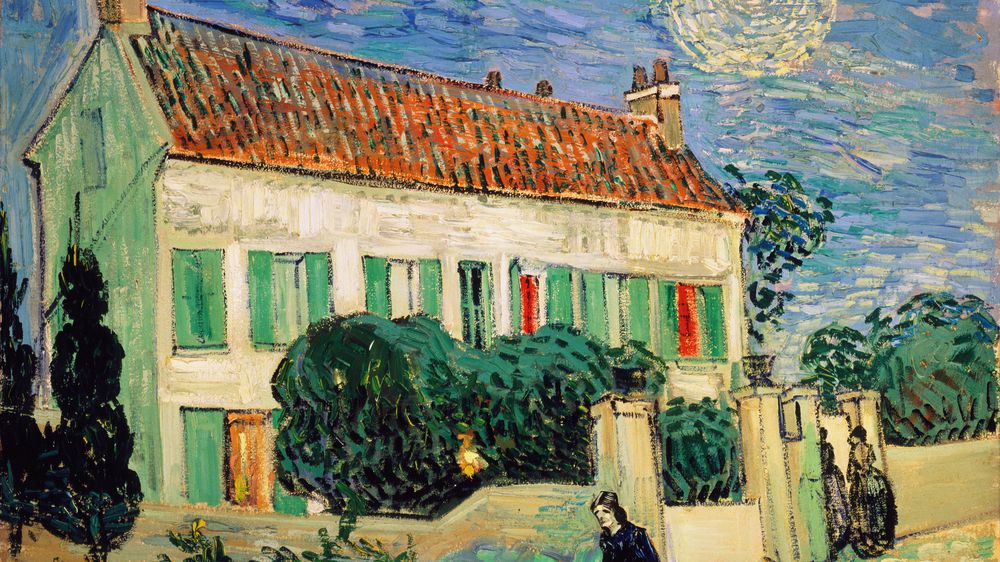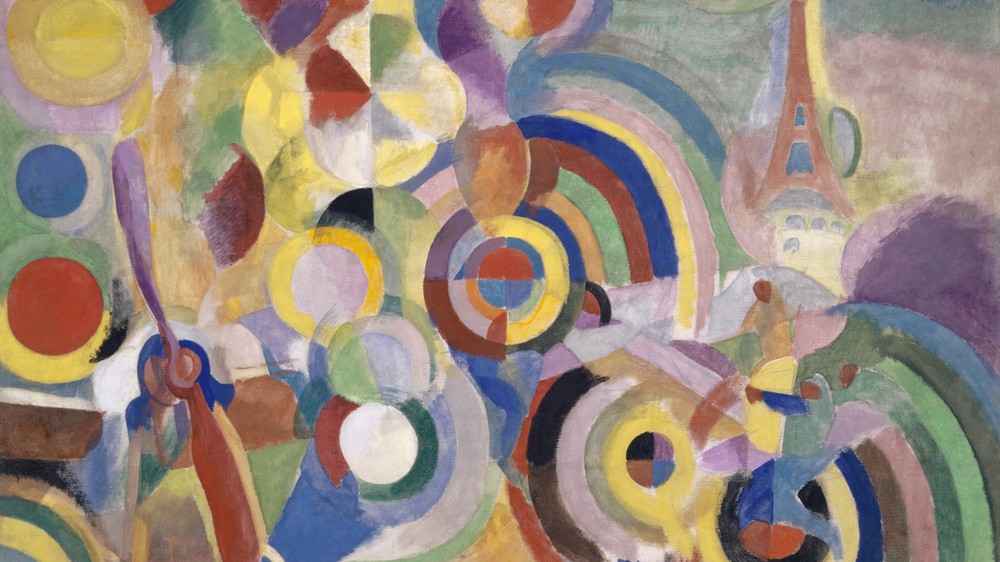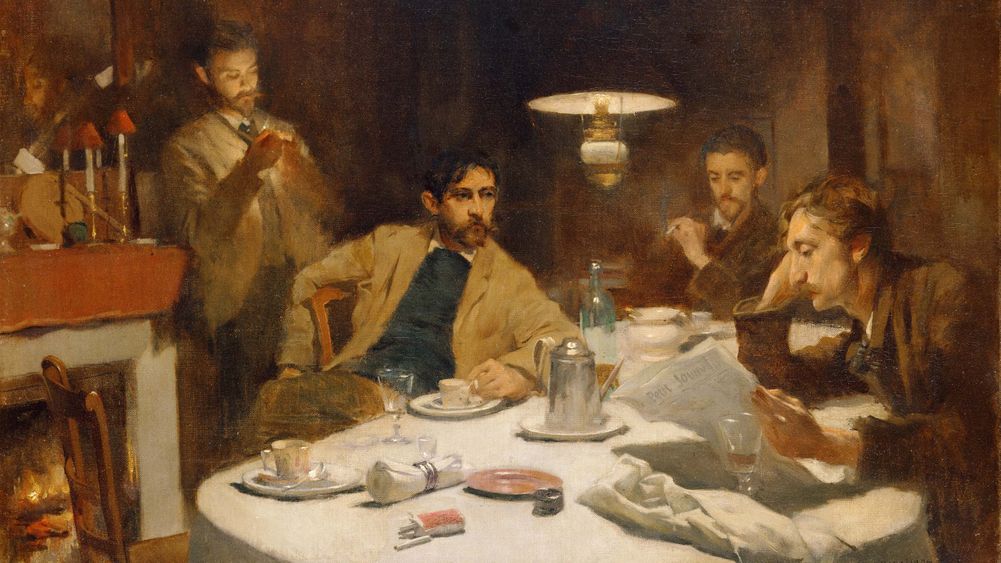Saint Petersburg’s Hermitage Museum is the world’s second-largest art museum (after the Louvre), boasting a collection of three million objects and the largest collection of paintings in the world. Comprising six historic buildings (five of which are open to the public) and boasting a diverse geographic and historic range of works, it’s difficult to identify the museum’s most prized collection. The Winter Palace, which used to be the Romanov Tsars’ residence, holds most of the works on view. The museum stems from Catherine the Great’s art collection in the 18th century, which began with mostly Northern Renaissance and some Italian Renaissance works by Rembrandt, Rubens, Anthony van Dyck, Frans Hals, Raphael, and Titian. Catherine quickly grew her collection and started expanding her palace’s galleries, which were only open to Russian nobles and elites. What is now the museum once housed thousands of workers as well as party rooms for Catherine’s festivities. Catherine’s collection soon rivaled those of Western Europe’s most prestigious museums—a fact Catherine was very proud of up until her death. As both the museum’s collection and expansions grew, a building for public viewing was eventually erected in 1838, but the entire museum would not become completely open to the public until immediately after the October Revolution of 1917. Today, Russian citizens can enter the museum for a reduced rate.





















